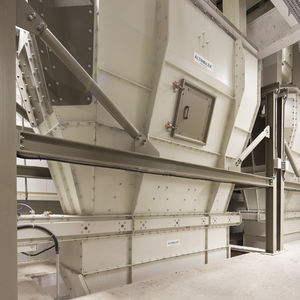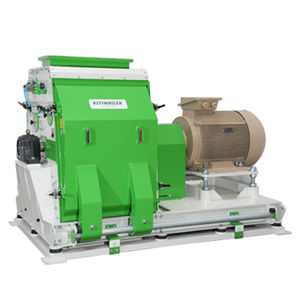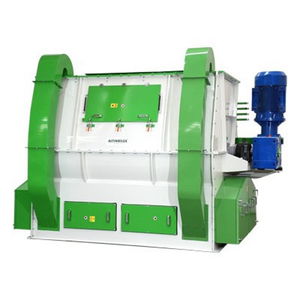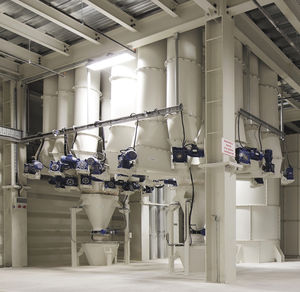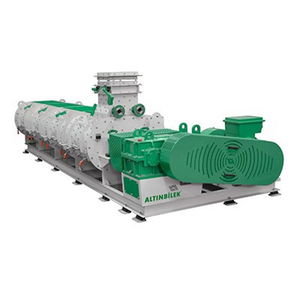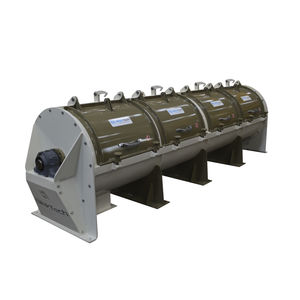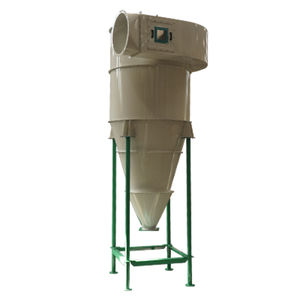
- Farm Infrastructure
- Waste management
- Feed granulator
- ALTINBILEK GRAIN HANDLING AND STORAGE SYSTEMS
Feed pelletizing machine PP seriesheavy-duty

Add to favorites
Compare this product
Characteristics
- Application
- for feed
- Other characteristics
- heavy-duty
Description
ALTINBİLEK Pellet Presses are designed based on "Quality, User Satisfaction, Environment and Nature Consciousness". Pellet Presses are machines which, after mixing the powdered raw materials or mixed powder products with steam and / or water in certain proportions enables it to be formed into pellets of various diameters (Ø1,6-22 mm) by mechanically compressing and passing through the perforated molds called discs with the help of roller-shaped pressure rollers. When used in the production of feed, Pellet Press prevents the decomposition that often occurs in the powder product depending on the transportation, storage, environmental conditions and the ability of the animals to choose; the prepared ration is maintained within the desired homogeneity balance, facilitates the digestion of the animals, thus increasing the desired yield from the animal. It enables the death of harmful microorganisms and increase hygiene due to the heat generated by the compression. The density of powder raw materials or products that are brought into pellet form is increasing. Compared to powdered products, the storage and transportation costs of pelleted products are reduced, losses are prevented, shelf life increases and becomes more economical under appropriate storage conditions. Pellet Presses have effective usage areas outside the feed industry. It is used to pellet raw materials and wastes such as bran, pulp, various grain husks, corn stalks, wood chips, garbage, organic fertilizers, hops and pomace.
Catalogs
No catalogs are available for this product.
See all of ALTINBILEK GRAIN HANDLING AND STORAGE SYSTEMS‘s catalogsOther ALTINBILEK GRAIN HANDLING AND STORAGE SYSTEMS products
Feed Mill Machinery
Related Searches
*Prices are pre-tax. They exclude delivery charges and customs duties and do not include additional charges for installation or activation options. Prices are indicative only and may vary by country, with changes to the cost of raw materials and exchange rates.



